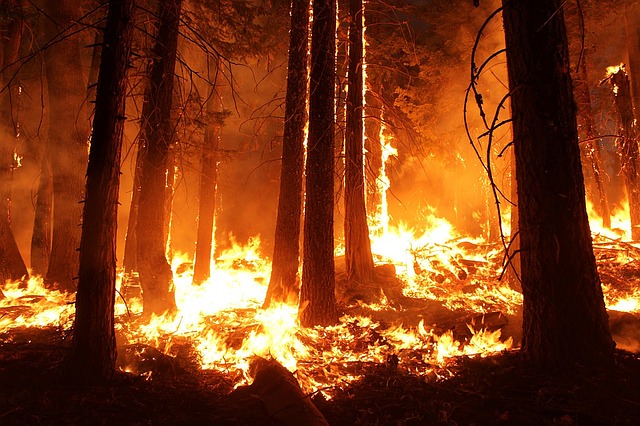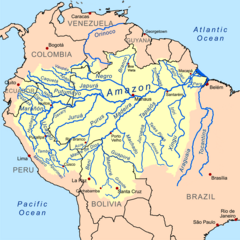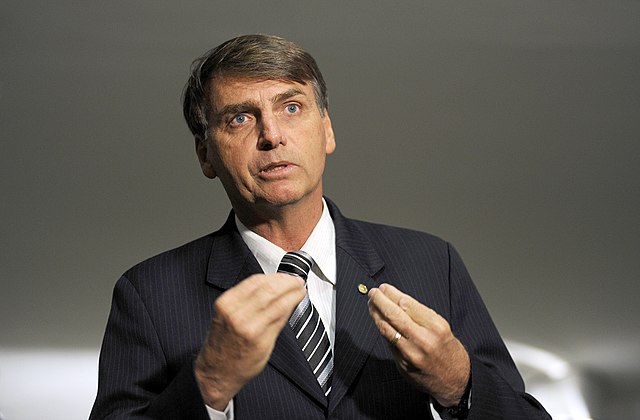 Over the past month, there have been shocking headlines about our world’s largest tropical rainforest -- the Amazon.
Over the past month, there have been shocking headlines about our world’s largest tropical rainforest -- the Amazon.
Since the beginning of 2019, and especially over the past few weeks, enormous swaths of land in the Amazon rainforest are burning in catastrophic forest fires. The last time fires of this magnitude were seen was back in 2010.
The hardest-hit areas include Brazil’s northern states of Roraima, Acre, Rondônia, and Amazonas, along with Venezuela. However, other South American countries like Bolivia, Colombia, and Peru were affected as well.
There has been an angry outcry from countries around the world to rescue the ecosystem that is home to over 3 million species of flora and fauna.
The Amazon's importance extends beyond biodiversity; the forests pull carbon dioxide out of the atmosphere, cool our planet, and maintain stable rainfall patterns and climate in the region.
Straight Facts - the Causes and Effects
 Although it is usually difficult to pinpoint the exact cause for the fires in the Amazon, many are blaming farmers and loggers who burn the rainforests to clear land.
Although it is usually difficult to pinpoint the exact cause for the fires in the Amazon, many are blaming farmers and loggers who burn the rainforests to clear land.
For farmers, burning is an inexpensive way of creating fertile, pest-less farmlands, since it is hard for machines to penetrate the dense forests.
Furthermore, these workers are protected by a decades-old law that was even backed by Brazilian President Jair Bolsonaro, a skeptic of climate change. The government owns enormous sections of rainforests that are sold to farmers. When environmental laws are weakly enforced, farmers take advantage and indiscriminately cut down forests.
As a result, the Amazon saw over 30,000 of the 87,000 fires in 2019 - the highest number in nine years. In heavily affected areas of Brazil, there has been an almost 150% increase in fires in 2019 when compared to the averages from 2015-2018.
Besides smoke, more than 228 megatons of carbon dioxide were released into the atmosphere this year along with other noxious gases such as carbon monoxide.
A Smoldering Response
 There was a surprisingly mixed response from Brazilians and international residents alike. Within Brazil, many farmers support the President and his efforts to boost agriculture and Brazil's economy.
There was a surprisingly mixed response from Brazilians and international residents alike. Within Brazil, many farmers support the President and his efforts to boost agriculture and Brazil's economy.
However, President Bolsonaro was blamed for his muted response to the wildfires after he rejected over $22 million in aid from countries at the G7 conference to help fight the fires. Later, as a result of growing complaints, Brazil decided to accept Britain’s $12 million in aid and deploy four Chilean planes.
The country also issued a loosely enforced, 60-day ban on setting fires to clear land. Furthermore, just recently, seven South American countries set up a disaster response network to monitor the spread of the fires.
Meanwhile, there has been a call globally to restrict importing products from Brazil's cattle industry that uses these lands. Large brands like Timberland, The North Face, and H&M have announced a temporary ban on Brazilian leather imports.
It is an understatement to say that the world is nervously watching to see what Brazil’s next steps will be to combat the spread of the Amazon’s forest fires.
Sources: BBC, Washington Post, NYTimes, NatGeo








